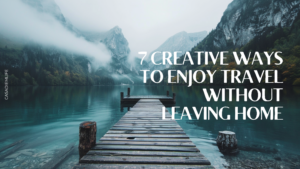
Some of the articles on Casa Diem Life may contain affiliate links. If you click and make a purchase, I might earn a small commission at no extra cost to you. It's just one way we keep the journey going! Find out more in my Privacy Policy.
A short time ago, I kicked my husband and kids out of the house so I could complete a full day of deep cleaning. I left no surface untouched, no window unwashed. The smell of artificial lemons barely edged out the smell of bleach, and I finally put down my supplies to gaze upon my kingdom. I took in the perfectly placed throw pillows and the shiny brass chandeliers that MisterE thinks we spent $300 on. I fixed my hair in a mirror so clean I could see into my soul, and I thought, “Meh.”
At that moment, nothing about my home was exciting to me. Don’t get me wrong; I think my house is charming! I’ve put a lot of time and effort into crafting a decor style that I can only describe as haphazard chic, but I prefer to feel my home rather than to see it.
It sounds like hippie talk, I know, but hear me out.
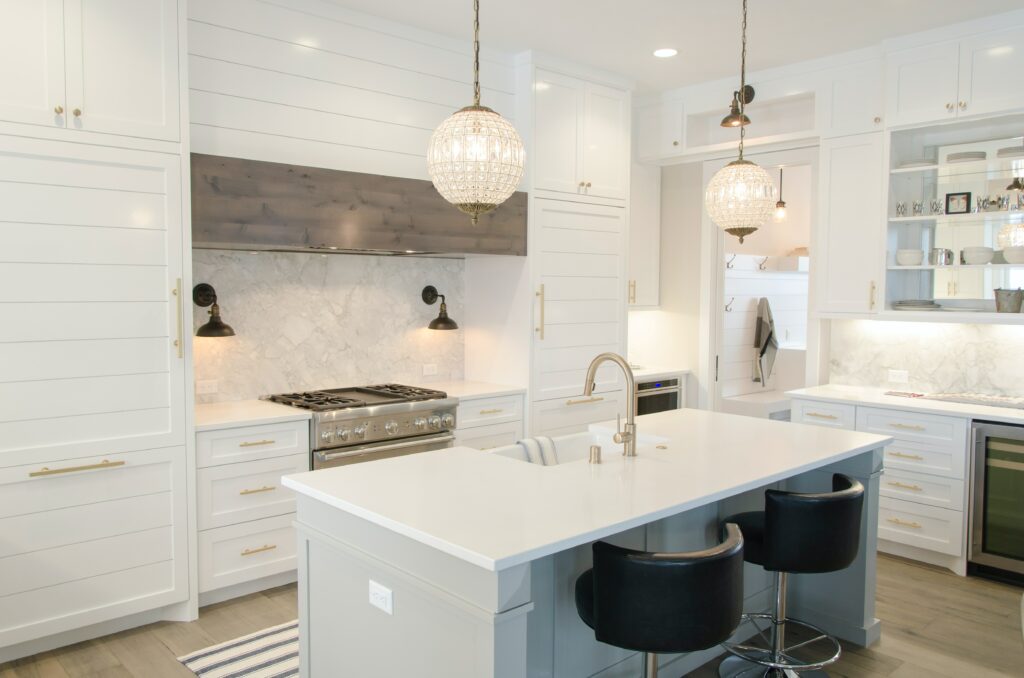
Home is more than just an aesthetic; it’s a feeling. It’s a sense of belonging and a place to make memories. Home is the all-important backdrop to your very own feature film, whether you’re in a rom-com with your hubby or a post-apocalyptic drama with your college roommates. Without any action, the home quickly becomes a nice storage unit for all your pretty things.
While it’s essential to create an environment you find visually appealing, designing an experience can be so much more impactful than designing a space. You can create a more meaningful and personalized space by focusing on the emotions and traditions that make a house feel like home.
Let’s explore how to reframe your thoughts about decorating and create a design mood board inspired by your favorite memories, family photographs, or cherished items.
Designing for Experience
When it comes to home decoration, many people focus on choosing finishes, furniture, and accessories that are trendy or visually appealing. While there’s nothing wrong with this approach, it can sometimes result in a space that feels impersonal or disconnected from its inhabitants. By shifting your mindset and designing for experience, you can create a home that truly reflects your personality and the memories that are important to you.
Ask yourself, what is the purpose of this space? How will this space be used? By whom? How often and for how long? How do you want to feel?
When onboarding a new design client, our first three conversations are about who the space is for. Why? I get to see what lights them up, and I can highlight that in my final design. Let’s use a living room example.
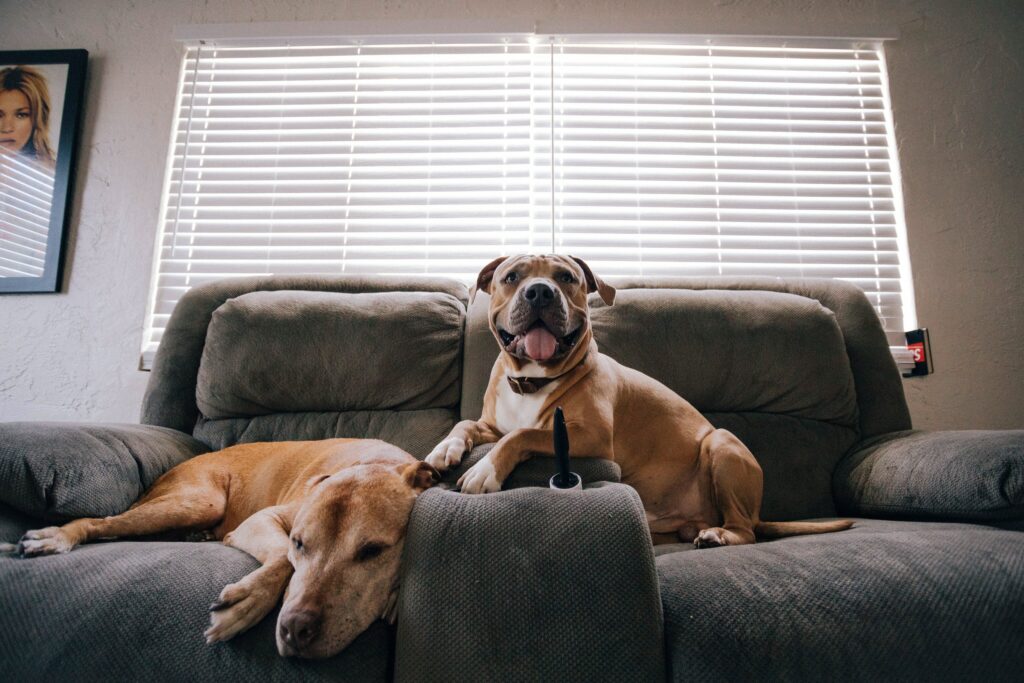
Designing for aesthetics might sound like this: I want a living room that is grand and luxurious, with a marble fireplace, layered rugs, and velvet sofas. I’d like to replace that ceiling fan with a crystal chandelier, and I want gold and glass accents, no wood anywhere. Everything just needs to look royal.
I received the description above from a client in my early days before I learned to design for people instead of for spaces. That was my worst design experience to date. The client and I mutually parted ways before the project was complete. I’ll tell you that story one of these days, but not today.
The thing is, the client didn’t need me to help make that particular vision a reality. Pinterest and Instagram got her there (and left her stranded). As a result, she was never satisfied with any of the purchases she made, even though she ‘loved’ every selected piece.
Learning from this, I started guiding clients towards experiences before aesthetics, and my consultations began to sound like this: I want a space where I can laugh, drink and watch movies with my best friends on moms-night-in, but also a space where my husband can wrestle with our three boys without me losing my sh*t.
Or my favorite one: I want to feel like I’m permanently at the beach: warm, carefree, and a little bit drunk.
For my multifunctional mama, we decided on a high-pile rug, a deep white sectional in a performance fabric, dark wood accents, and nesting tables that she could move around. The aesthetics were secondary to the experience she desired in that space. Her style happened to be farmhouse, but we could have created the same experience using glam, rustic, industrial, or mid-century mod pieces.
There wasn’t a single seashell or aquamarine throw pillow around for my beach bum client when we finished her design. A beach feeling doesn’t necessarily mean coastal design. She ended up with an organic, modern- minimalist design and a home bar that even I didn’t want to leave.

If designing an experience excites you, and you’ve answered the question, “What is the purpose of this room?” the next step is to take inventory of every item in the room. Determine whether the article under review serves the purpose of the room. For example, is the TV essential if your bedroom is for peace and rejuvenation? Do you use it to watch waves crashing on the sand? Or do you fall asleep to the (usually depressing) local news?
Take your time with this one. It can be hard to let go of stuff and habits simultaneously. After you have striped your space down to what is necessary, it’s time to add decor back in.
Creating an Experience-Centered Mood Board
One of my favorite visual planning tools is a mood board because it’s just so easy. A mood board is a visual representation of your ideas, helping you to identify patterns, colors, and styles that resonate with you emotionally. There are many ways to create one: start a physical board by clipping images from a magazine, or design digitally with PowerPoint, Pinterest, or Canva.
Here’s how to get started:
- Choose your inspiration: Begin by selecting a favorite memory, a family photograph, or a cherished heirloom as the base of your design. Make your base something that evokes strong positive emotions or feelings of comfort and happiness. I don’t recommend a picture of your ex.
Get creative with abstract concepts. If your main inspiration is a particular scent, like fresh cookies, find an online image of cookies coming out of the oven. If it’s the feeling of a Spanish breeze in your hair, look for pictures representing air, movement, or lift. What matters is that it makes sense to you.
- Gather materials: Collect various materials representing the colors, textures, and patterns in your inspiration piece. Consider including fabric swatches, paint chips, magazine clippings, or photographs of furniture and accessories. Don’t forget leaves, bark, cooking utensils, and seashells. Nothing has to make sense just yet; we’re still in the collecting phase. Go with your gut.
- Arrange your mood board: Start by placing your inspiration piece at the center of your mood board. Then, arrange your materials around it, grouping similar colors, textures, and patterns. Consider the overall balance and harmony of the board as you place the elements. Don’t worry too much about color theory or fancy design techniques. The focus is still on what feels right. So be it if a neon tennis ball sits nicely beside a faux sheepskin. Keep on arranging and rearranging until you like what you see.
- Look for themes: As you work on your mood board, identify recurring themes or motifs. These could be specific colors, materials, or design styles.
- Refine your ideas: Sort your themes into three groups. For example, neon colors, fluffy textures, and antique finishes. Or: shiny whites, matte blacks, and tropical flowers. As you shop for furniture and decor, consider how your purchases fit into your identified themes, but don’t buy anything yet! You’re still in the planning phase.
- Begin to make a secondary design board with the options you have selected for your furniture and finishes. The goal is to have a cohesive, detailed plan before you make your first purchase. It will save you time, money, and disappointment in the long run.

There you go. I just gave away my entire design process in two phases. (1) Make a plan, and (2) execute the plan. You’re welcome.
On a serious note, though, by designing an experience instead of a space, you can create a gorgeous and inimitable home. So, grab your inspiration and start building your design mood board today – your dream home is waiting!
What’s Coming Next?
We have a few trips planned this summer – solo, couples, and family trips; oh my! It’ll be a busy few months. I’ve got some ideas for travel safety articles, itineraries, design inspiration from each city, and some lifestyle content to keep things spicy. I’m redesigning my daughter’s bedroom and our powder room, so wish me luck. I have yet to pick up a power tool this year!
Wander Often,

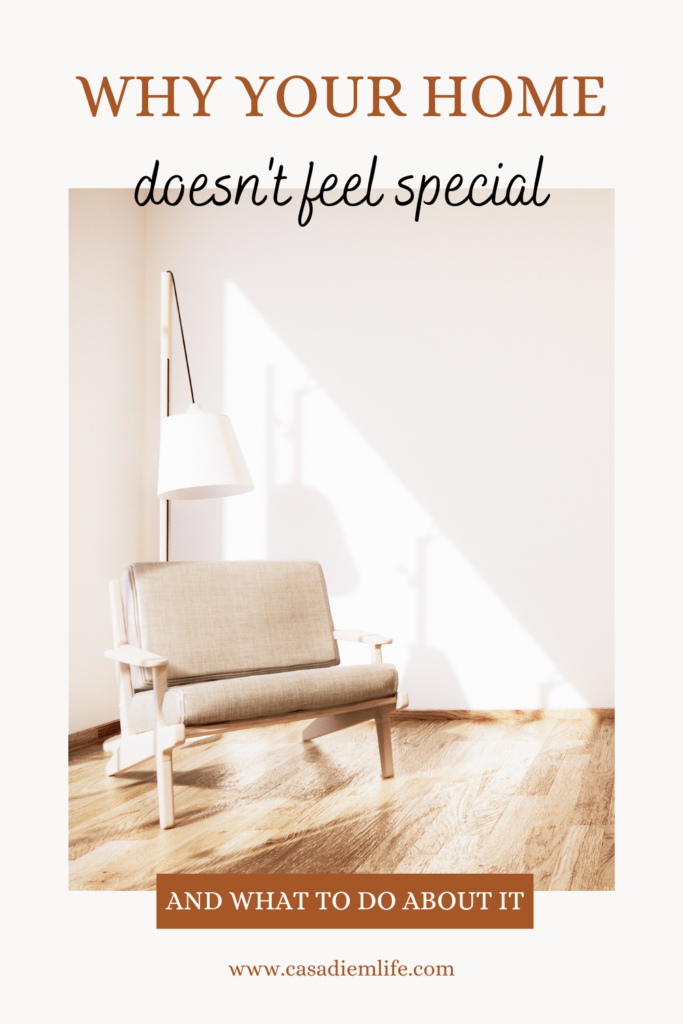
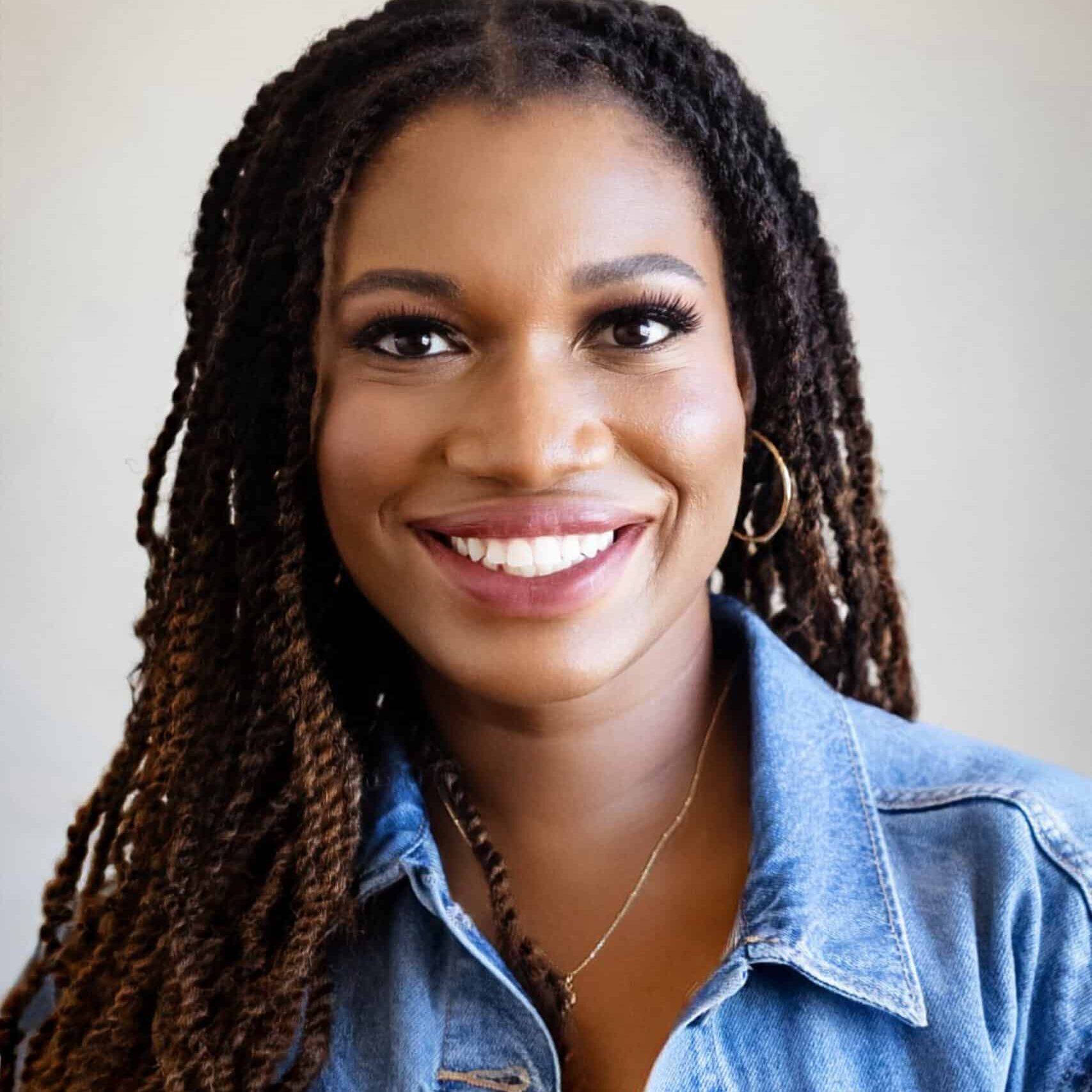
Hi, I'm Chioma Ikoku, a spirited explorer and a peace-loving homebody. I founded Casa Diem Life to help you combine the excitement of travel with the comfort of home, because I believe that adventure begins at home.
Want to read more?
Receive the latest posts, exclusive content, and special offers right in your inbox.
Explore the ways we can work together on the resources page








